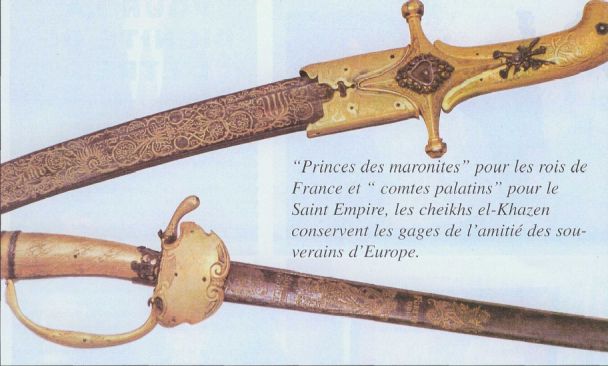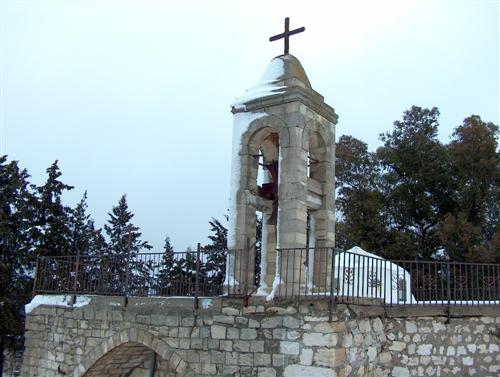Commenting on Pope Benedict’s selection of 22 new members for the College of Cardinals, John Allen of the National Catholic Reporter notes that the Pontiff has increased the strength—already disproportionate—of European and especially Italian cardinals among the group that will choose his successor.
Writing just before the Pope made his list public, Andrea Tornielli of La Stampa confirmed his standing as a reliable Vatican analyst by correctly identifying 17 of the 18 prelates who would be named as cardinal-electors. Tornielli missed only one of the Curial officials on the Pope’s list. Among the archbishops he named as likely to receive a red hat only one--Maronite Catholic Patriarch Bechara Rai—was not among the Pope’s selections.
Along with the European influence, Allen notes the remarkable number of cardinal-electors who work, or have worked, in the Roman Curia. Finally, Allen notes that only one cardinal was chosen from Latin America, and none from Africa. Thus the Pope’s choices come largely from a continent where the Catholic faith is on the wane, and not from the emerging nations where the faith is growing.
The selection of New York’s Archbishop Timothy Dolan is noteworthy because it breaks an informal rule: ordinarily, a residential archbishop is not named a cardinal if his successor is alive, under the age of 80, and thus eligible to vote in a conclave. Archbishop Dolan’s predecessor, Cardinal Edward Egan, is still a cardinal-elector. Nevertheless he will receive a red hat, apparently because of the Pope’s respect for Archbishop Dolan personally, for his post as president of the US bishops’ conference, and for the importance of the New York archdiocese.
There is a risk that the Arab spring meets the same fat as revolutions elsewhere have in the past. That is, they …
This editorial was written by Sejaan Azzi and featured in Al-Massira Magazine and Al Jomhouriyya newspaper and handles the difference between …
Like every year, Michel Hayek showed on TV to give the Lebanese a new series of predictions for the year 2012. The …
Khazen History


Historical Feature:
Churches and Monasteries of the Khazen family

St. Anthony of Padua Church in Ballouneh
Mar Abda Church in Bakaatit Kanaan
Saint Michael Church in Bkaatouta
Saint Therese Church in Qolayaat
Saint Simeon Stylites (مار سمعان العامودي) Church In Ajaltoun
Virgin Mary Church (سيدة المعونات) in Sheilé
Assumption of Mary Church in Ballouneh
1 - The sword of the Maronite Prince
2 - LES KHAZEN CONSULS DE FRANCE
3 - LES MARONITES & LES KHAZEN
4 - LES MAAN & LES KHAZEN
5 - ORIGINE DE LA FAMILLE
Population Movements to Keserwan - The Khazens and The Maans
ما جاء عن الثورة في المقاطعة الكسروانية
ثورة أهالي كسروان على المشايخ الخوازنة وأسبابها
Origins of the "Prince of Maronite" Title
Growing diversity: the Khazin sheiks and the clergy in the first decades of the 18th century
Historical Members:
Barbar Beik El Khazen [English]
Patriach Toubia Kaiss El Khazen(Biography & Life Part1 Part2) (Arabic)
Patriach Youssef Dargham El Khazen (Cont'd)
Cheikh Bishara Jafal El Khazen
Patriarch Youssef Raji El Khazen
The Martyrs Cheikh Philippe & Cheikh Farid El Khazen
Cheikh Nawfal El Khazen (Consul De France)
Cheikh Hossun El Khazen (Consul De France)
Cheikh Abou-Nawfal El Khazen (Consul De France)
Cheikh Francis Abee Nader & his son Yousef
Cheikh Abou-Kanso El Khazen (Consul De France)
Cheikh Abou Nader El Khazen
Cheikh Chafic El Khazen
Cheikh Keserwan El Khazen
Cheikh Serhal El Khazen [English]
Cheikh Rafiq El Khazen [English]
Cheikh Hanna El Khazen
Cheikha Arzi El Khazen
Marie El Khazen